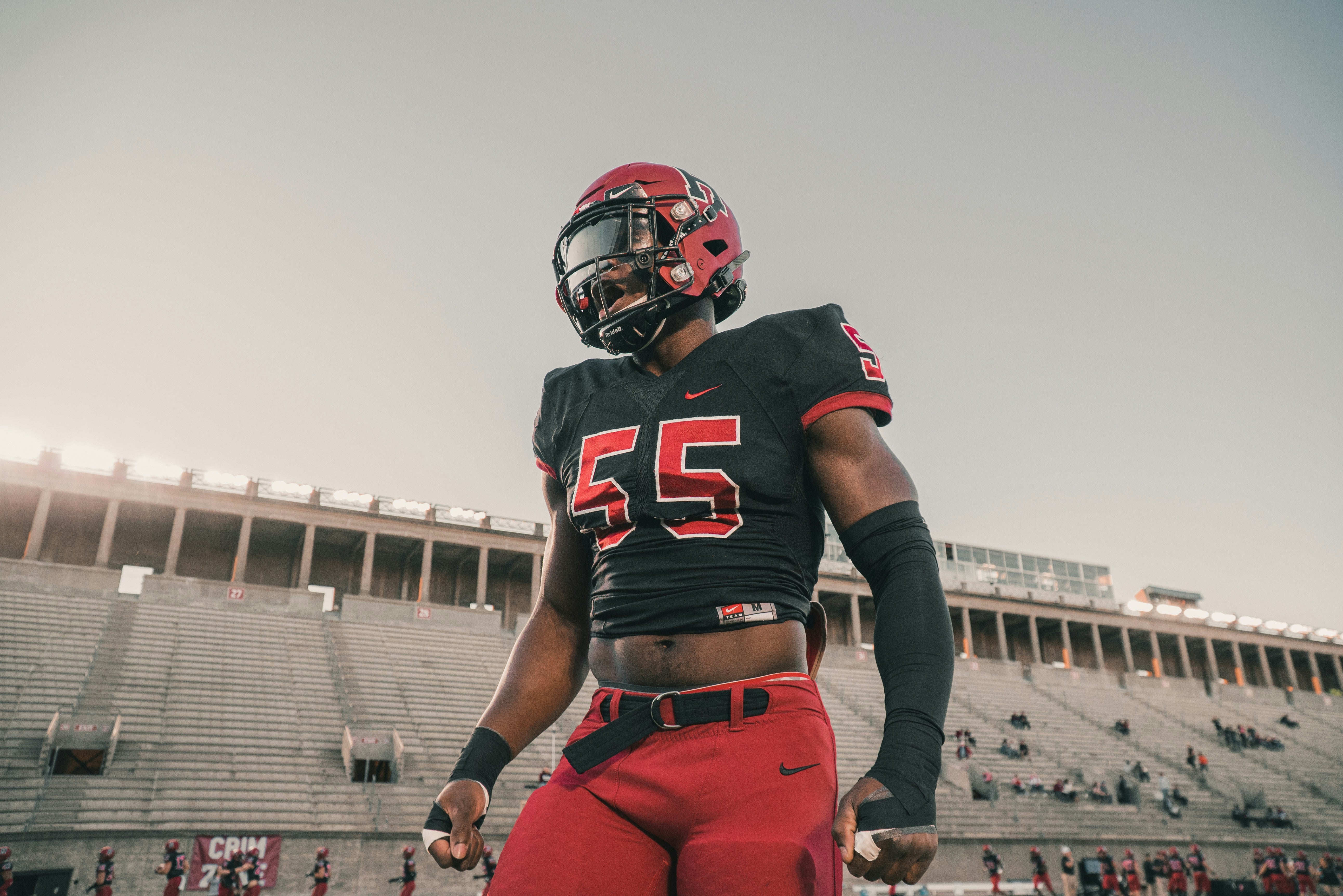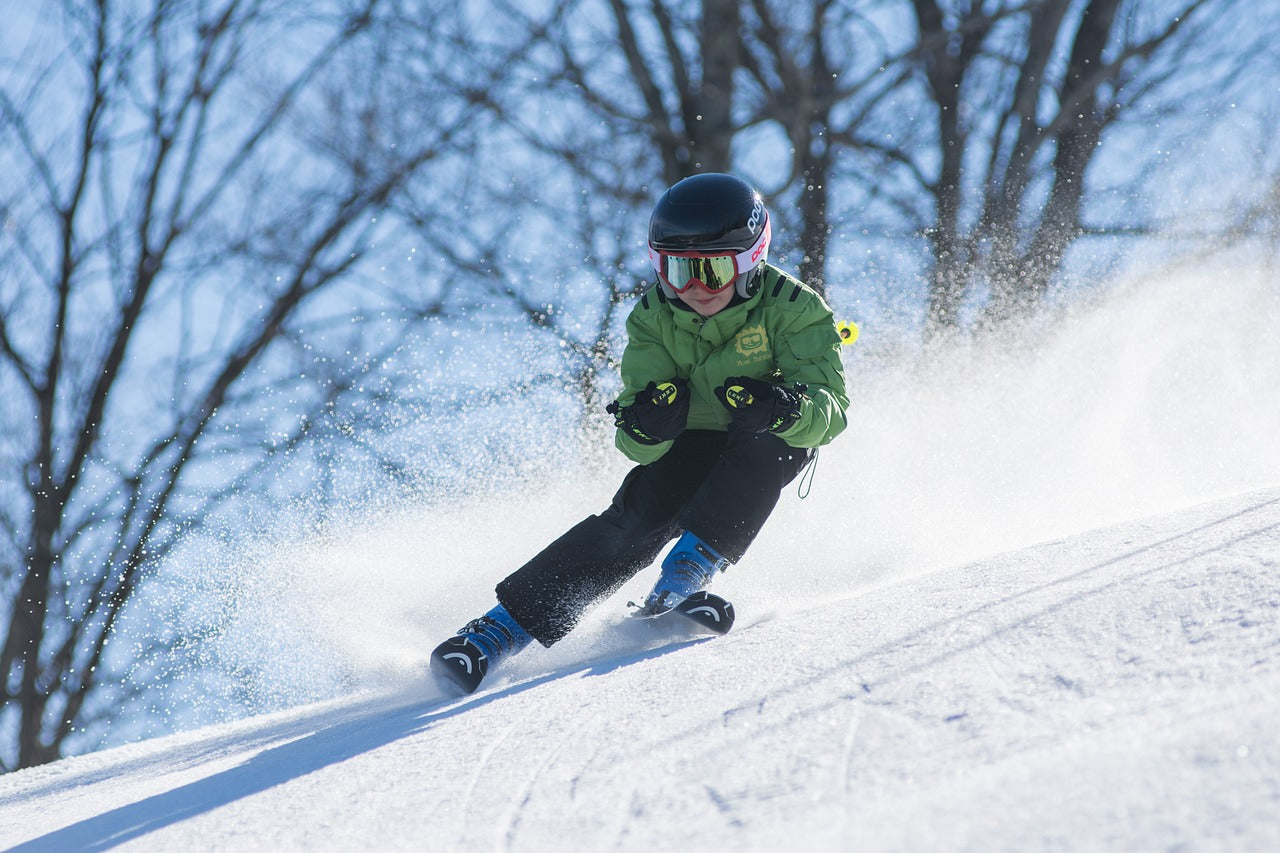Core body temperature in exercise and sports
What you need to know
Core body temperature is more than just a number—it’s a key signal of how your body is adapting to physical stress. It plays a critical role in performance, recovery, and overall function. Understanding how your body regulates heat during activity—and what happens when it strays from the ideal range—can help you train smarter, especially in extreme environments.

Core Body Temperature
temperature of your organs, including your heart, brain, and muscles. The average resting temperature is around 98.6°F (37°C), but during physical activity, this can rise as your body generates heat.
Your body uses thermoregulation to maintain a healthy internal balance. This process supports muscle function, enzyme activity, and circulation—but it can be challenged by intense exercise, high temperatures, or dehydration.

How Exercise Affects Core Body Temperature
As your muscles work, they generate heat. Your body activates built-in cooling mechanisms to manage this:
Sweating: Evaporates from the skin to help cool down
Increased blood flow to the skin: Transfers heat outward
Elevated heart rate: Helps move heat to the skin’s surface
These systems are effective—but not limitless. Heat, humidity, and low hydration can impair them, making heat harder to manage during prolonged activity.
Core Body Temperature at Different Stages of Exercise
Optimal Range
97°F–99°F (36.1°C–37.2°C)
Performance: Peak muscle and energy system efficiency
Tips: Maintain this range with steady pacing and hydration
Elevated Range
99°F–101°F (37.2°C–38.3°C)
Performance Impact: Slight strain; sweating and heart rate increase
Tips: Hydrate regularly and monitor intensity
High Range
101°F–104°F (38.3°C–40°C)
Performance: Fatigue, reduced endurance, possible cramping
Tips: Pause for cooling, hydration, and recovery breaks
Critical Range
Above 104°F (40°C)
Performance: Rapid decline; confusion or disorientation may occur
Tips: Stop activity, seek shade or cooling, and hydrate—intense heat may require professional medical attention

Training in Cold Weather
In cooler climates, core body temperature can drop if your activity doesn’t produce enough heat to match the cold.
Tip: Wear layers that retain heat but allow for moisture wicking to avoid rapid cooling from sweat
Watch for: Shivering, slowed reaction time, or confusion—signs your body may be cooling too much
Learn more about the Science
Frequently Asked Questions
Core body temperature refers to the internal temperature of your vital organs—your heart, brain, and muscles. Unlike skin temperature, which fluctuates with environmental conditions, core temperature reflects your body's true internal state. For athletes, core temperature is a critical indicator of how well your body is managing the demands of exercise and heat exposure. When you exercise, your muscles generate heat as a byproduct of energy production, and your body must work to dissipate that heat to maintain optimal function. Core temperature directly affects muscle efficiency, enzyme activity, cardiovascular function, and cognitive performance. Understanding and monitoring core temperature helps athletes train smarter, optimize performance, and recognize when their body is approaching its limits before visible symptoms appear.
Your body uses a sophisticated process called thermoregulation to maintain internal temperature balance during physical activity. The primary cooling mechanisms include sweating, which removes heat through evaporation from your skin; increased blood flow to the skin, which transfers heat from your core outward; and elevated heart rate, which helps circulate heated blood to your skin's surface for cooling. These systems work together continuously, adjusting their intensity based on how much heat your body is producing and how effectively it's being dissipated. However, thermoregulation can be challenged by intense exercise, high environmental temperatures, humidity, dehydration, or lack of heat acclimation. When your cooling systems can't keep pace with heat production, core temperature rises progressively—first affecting performance, then creating safety concerns if the imbalance continues.
Core temperature elevation during exercise creates a cascade of performance effects that begin well before reaching dangerous levels. As internal temperature rises, your cardiovascular system must work harder to simultaneously deliver oxygen to working muscles and pump blood to your skin for cooling, increasing heart rate and perceived effort. Muscle efficiency decreases as temperature rises, requiring more energy to produce the same power output. Cognitive function deteriorates, affecting reaction time, decision-making, and tactical awareness—particularly important in sports requiring split-second choices. Fatigue perception increases disproportionately to actual muscle depletion, causing you to feel exhausted even when muscles are still capable. Endurance capacity drops and the risk of cramping increases. These performance decrements occur progressively—athletes often don't recognize how much they've slowed or how impaired their cognition has become until core temperature has risen substantially. By the time you feel severely compromised, performance has already been degrading for some time.
Yes, through a process called heat acclimation, your body undergoes remarkable physiological adaptations that improve heat tolerance. With repeated, progressive exposure to heat stress during exercise, your cooling systems become more efficient: you begin sweating earlier and produce sweat more effectively; your blood plasma volume expands, improving cardiovascular function and heat dissipation; your heart rate decreases at equivalent exercise intensities; and your core temperature rises more slowly during activity. These adaptations develop over time with consistent heat exposure, though the rate of adaptation varies significantly between individuals based on fitness level, genetics, and previous heat exposure history. Importantly, heat acclimation doesn't simply allow you to safely operate at higher core temperatures—instead, it makes your body better at staying within optimal temperature ranges during exercise. The adaptations also fade without continued heat exposure, meaning athletes need re-acclimation after breaks from training or when transitioning between seasons. Monitoring core temperature response throughout acclimation provides objective evidence of adaptation progress rather than relying on assumptions about timeline or subjective feelings of preparedness.
This page is for general educational purposes only and does not provide medical advice or diagnosis. Always consult a healthcare provider for individual concerns related to heat, cold, or exercise safety.